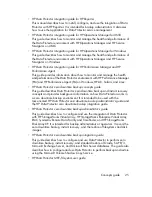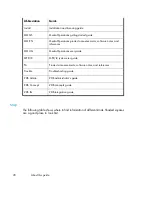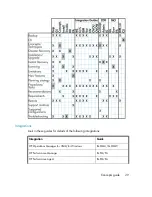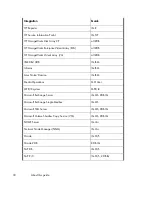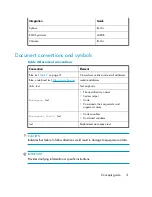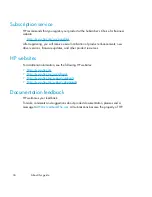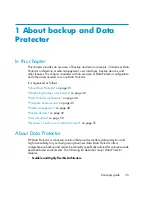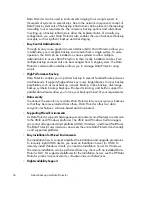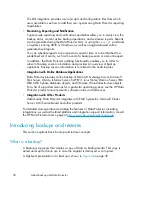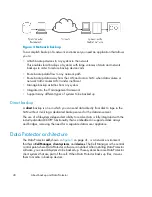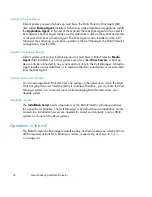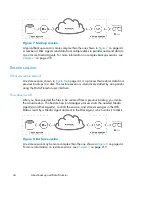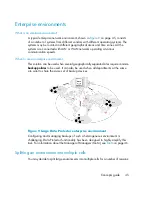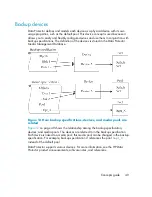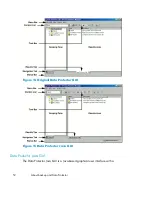
Figure 2 Backup process
In most cases, the
source
is data on a disk, such as files, directories, databases, and
applications. If the backup is expected to be used for disaster recovery, it needs to
be consistent.
Software that actually copies data to the destination is a backup application. The
destination
is a backup device, such as a tape drive, with media to which a copy of
the data is written.
What is a restore?
A restore is a process that recreates the original data from a backup copy. This
process consists of the preparation and actual restore of data, and some post-restore
actions that make that data ready for use.
Figure 3 Restore process
The
source
is a backup copy. A restore application is software that actually writes
data to a destination. The
destination
is usually a disk to which the original data is
written.
Backing up a network environment
During backups in a network environment, data is transferred over the network from
systems to be backed up to media on systems with backup devices, where the data
is stored.
Concepts guide
39
Summary of Contents for B6960-96035
Page 17: ...Overview of backup and automated media copy sessions 340 105 Concepts guide 17 ...
Page 20: ...20 ...
Page 22: ...Publication history 22 ...
Page 132: ...Planning your backup strategy 132 ...
Page 182: ...Media management and devices 182 ...
Page 186: ...Users and user groups 186 ...
Page 204: ...The Data Protector internal database 204 ...
Page 218: ...Figure 62 Direct SIP integration example Service management 218 ...
Page 242: ...Integration with database applications 242 ...
Page 264: ...Synthetic backup 264 ...
Page 274: ...Split mirror concepts 274 ...
Page 288: ...Snapshot concepts 288 ...
Page 344: ...Further information 344 ...
Page 402: ...Glossary 402 ...

